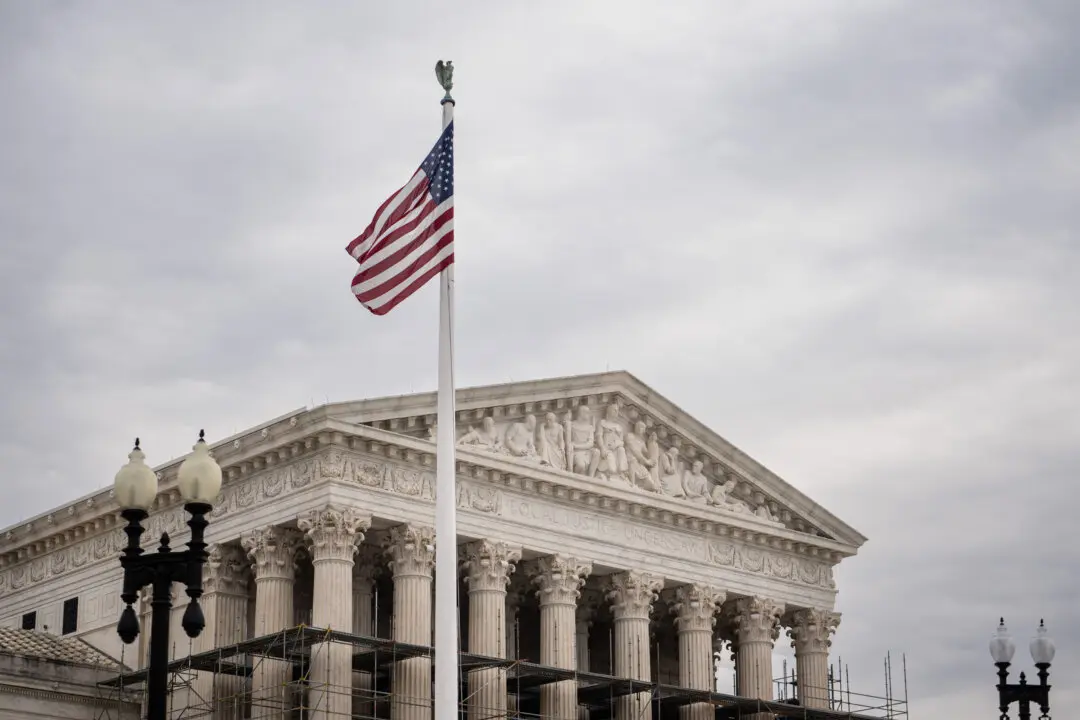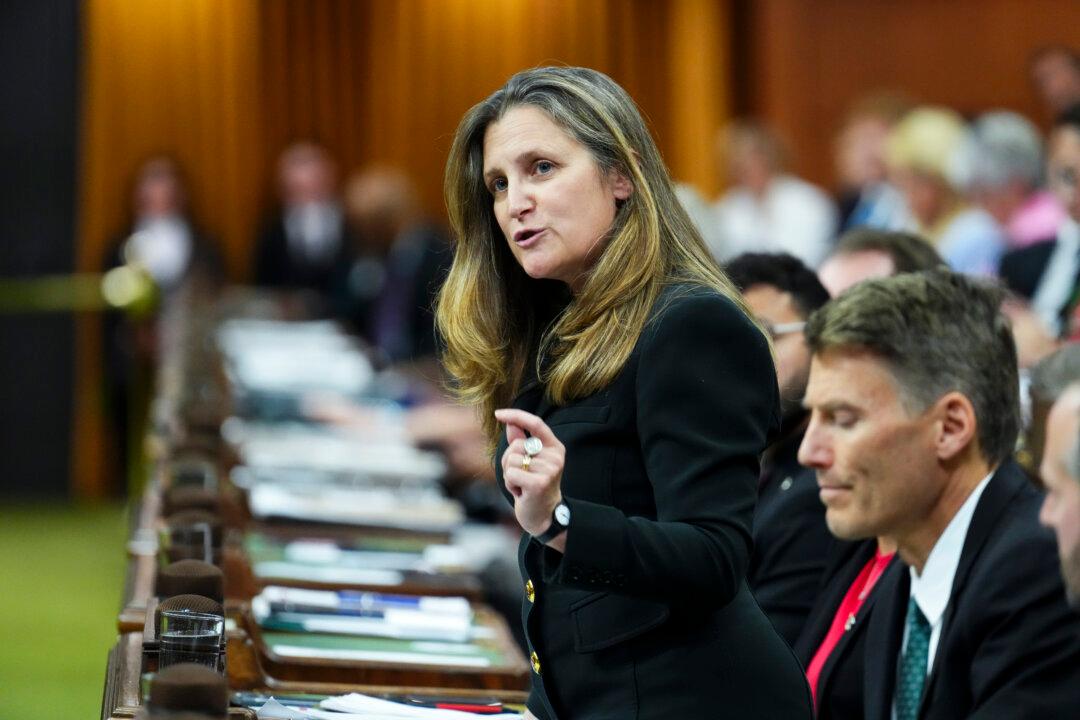Ontario Provincial Police commissioner says the Freedom Convoy protest movement was identified as a “threat to national security” around Feb. 7, about a week after protesters had arrived in Ottawa and around the time protesters started blocking the Ambassador Bridge border crossing in Windsor, Ont.
OPP Commissioner Thomas Carrique’s comment was in response to a question by NDP MP Alistair MacGregor, who asked why protesters were allowed to set up in front of Parliament Hill since he said intelligence assessment from the federal Integrated Terrorism Assessment Centre (ITAC) released before the convoy arrived in Ottawa had said “extremists” were involved.





